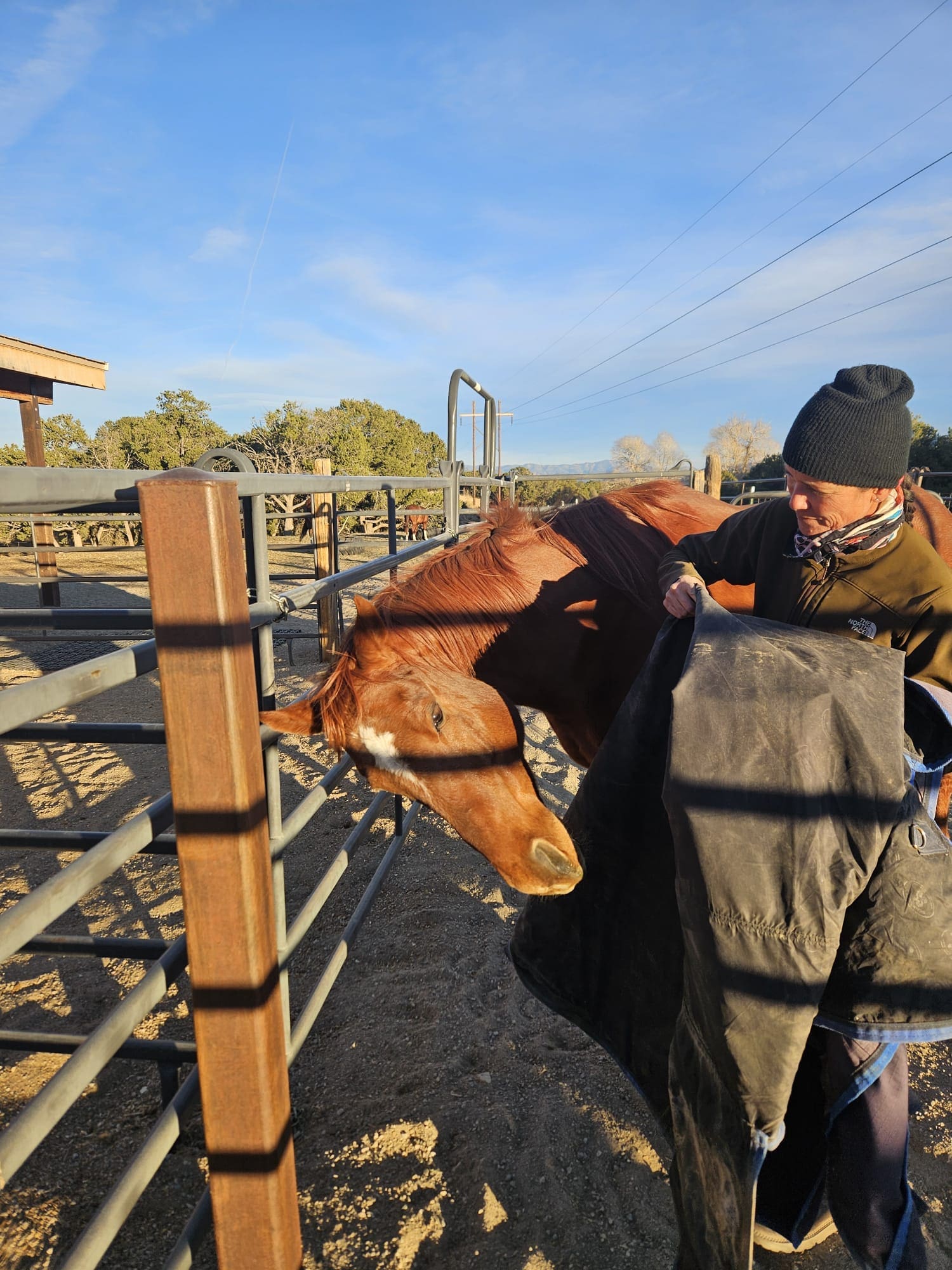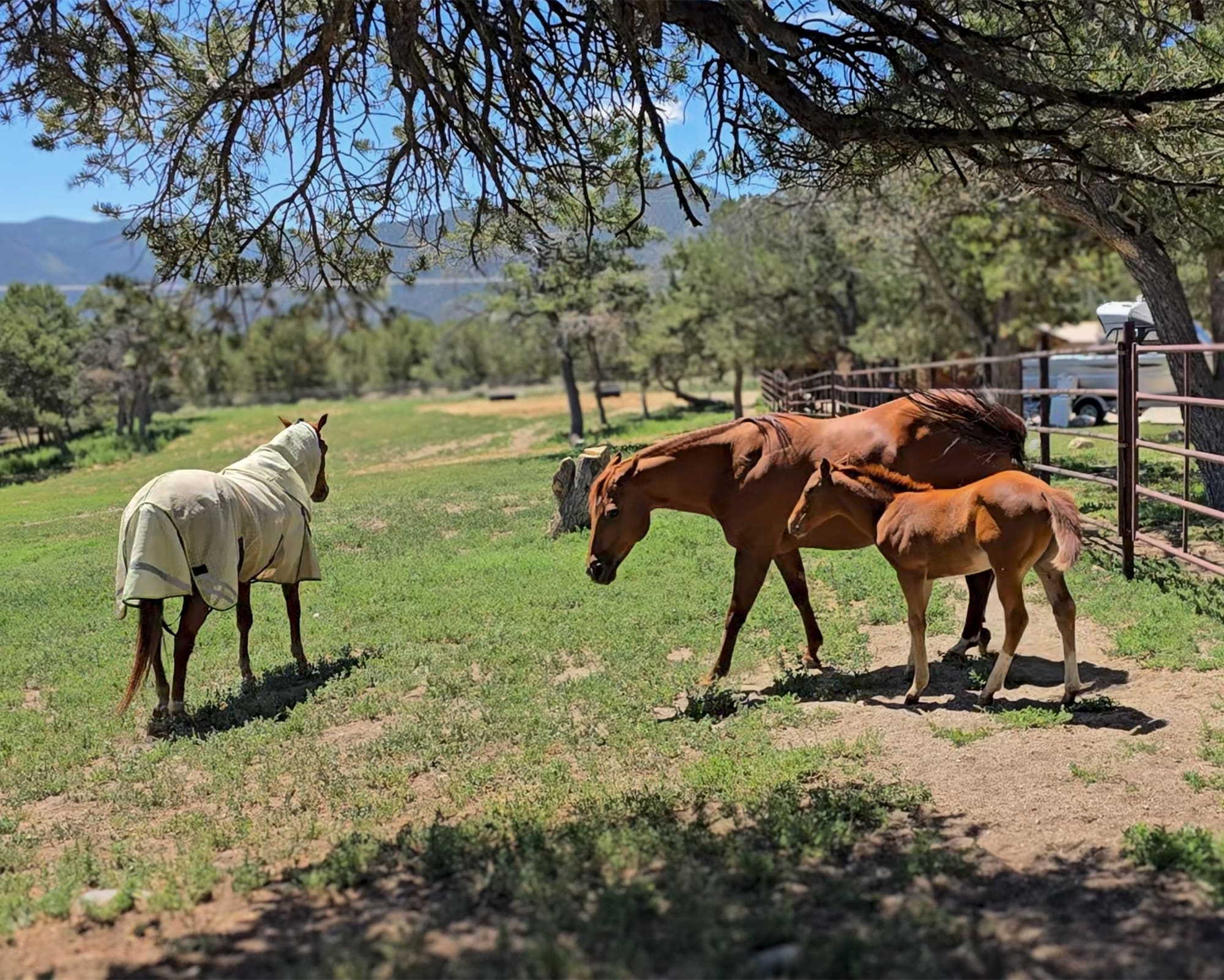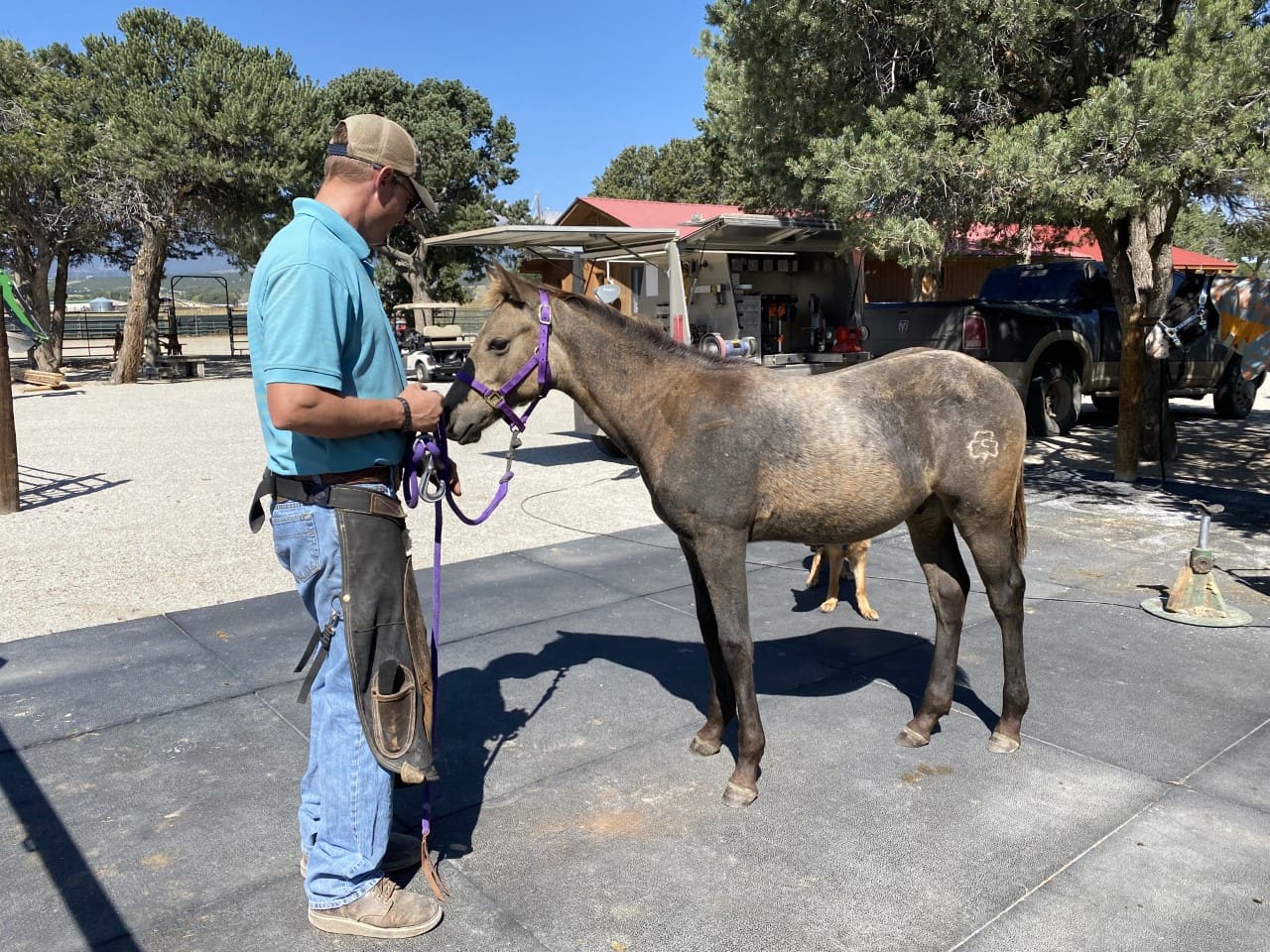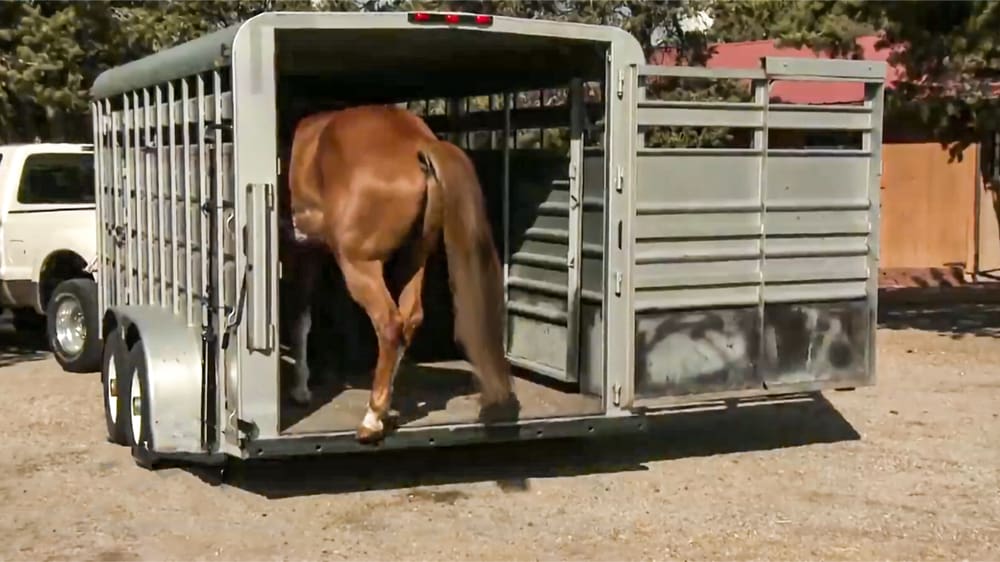Question: I am switching from English to Western and am hoping to get one of your Peak Performance saddles. I am looking at the Monarch Arena/Trail saddle or the Wind River Trail saddle. I really like the sounds of the close-contact design, the narrow twist and especially the memory foam in the seat for my tired old rear-end! But not knowing too much about Western saddles, I am confused by a couple things. First, what does “3-way in-skirt rigging” mean and what is the advantage of that? Also, I noticed that your saddle does not have fleece on the bottom like other Western saddles I have seen and I was wondering why?
Thanks for your help!
Carolyn
Answer: No matter which of those two saddles you choose, I am sure you will love it! Actually they both have many awesome features that I designed into the saddle, some obvious, some not; both the Monarch and Wind River have all the same great features—the only difference is that the Wind River has a more rounded skirt, which is often better for a short-coupled horse. Also, both saddles are made on the Flex2 tree, which provides the benefit of weight-distribution like a rigid tree, as well as a better fit for the horse and greater comfort for the rider because of its flexibility. While the flexible tree is not right for every rider, if you are under 230# and not planning to rope steers, it’s a great choice,– more comfortable for the rider, gives better fit for your horse and fits a greater variety of horses.
Other comfort features that these saddles have, in addition to the narrow-ness of the saddle and the cut-aways under your leg that give closer contact with the horse (and make the saddle lighter weight), they also have pre-twisted stirrups and specially softened leather under your leg that gives the saddle a “broke in” feel when it is brand spanking new. I should know, I ride in a brand new Monarch saddle every weekend, since Circle Y ships me a “demo” saddle for people to sit in and try on their horse at expos and clinics. By the end of the weekend that saddle always goes home with some lucky buyer and I start with a new one the next weekend.
The 3-way in-skirt rigging gives you better fit options for a variety of horses and helps with the close-contact design, reducing some of the bulk under your leg. The rigging on any Western saddle refers to where the dee-rings are located that you attach your latigo and cinch to. “In-skirt” means that the dee-rings are sewn into the skirt of the saddle—between the layers of leather, rather than sitting on top of it, like a more traditional saddle. The “3-way” part refers to multiple rigging options, allowing you to move the pressure of the cinch either forward or rearward, depending on the fit-needs of the horse.
There are three basic styles of rigging available in a traditional Western saddle: full rigging, seven-eighths and three-quarter. Most Western saddles only have one rigging option but my saddles allow you to easily change the rigging according to the needs of each horse you put it on. It will help you to understand each type of rigging, so that you can understand the advantages of having multiple rigging options.
Full rigging: You may be most familiar with a “full” saddle rigging, when there’s a dee-ring attached to the saddle’s tree or skirt directly beneath the pommel. This is the most forward position for saddle riggings. To cinch up, you would wrap the latigo from the cinch to this dee-ring, with layers of the latigo lining up in one vertical line. Saddles with this rigging often have a flank cinch, or rear cinch, (a double rigging because the saddle is attached at the front and back) to keep the saddle from tipping forward when traveling downhill or to help distribute the pressure when the rider dallies the rope to stop a steer. This full double rigging is the preferred outfit for ranch riding and roping. The pressure of the saddle lands just under the pommel then the flank cinch keeps the saddle balanced. The Rocky Mountain Ranch saddle in my line of saddles is the only wood (Kevlar reinforced) tree in my line; a wood tree is necessary for roping and cow work (or for riders that may be too large for a flexible tree). It has “J” rigging which allows for both full and 7/8ths rigging and it comes with a flank cinch.
7/8 rigging: This measurement title means that your cinch is 7/8 of the distance from the cantle to the pommel and it brings the pressure from the cinch slightly rear-ward on the horse’s back, compared to the full rigging. You can also use a rear cinch with the 7/8 rigging to help secure your saddle on hills. This configuration helps the saddle sit in a balanced point and can relieve pressure from the horse’s withers.
3/4 rigging: Similarly, this rigging means that the dee-rings are attached a little behind the 7/8 rigging, or three quarters the distance from cantle to pommel. This will protect the shoulders and withers even more and give more room between the horse’s elbow and the cinch. This rigging position can be very useful on a horse which the saddle tends to “bridge” on the back (with pressure at the front and back of the tree, but not in the middle). Keep in mind: The farther back the rigging, the more pressure rests in the middle of the saddle instead of at the front, where the horse may be stronger. This 3/4 configuration moves your cinch back from your horse’s heartgirth—switching to this rigging can help your horse avoid girth sores during long rides.
Trail rigging: The Blue Ridge Gaited Trail saddle in my line has a dee-ring at the back of the saddle known as a “Y rigging,” which is angled down from the cantle to form a Y shape, in addition to the 3-way rigging. Instead of attaching two different cinches, these saddles are designed so that you can run the latigo through the front D and cinch, then the back D to help keep the back of your saddle anchored. This Y rigging will move the pressure back away from the withers, freeing up the shoulders and it works well on gaited horses and other short-coupled horses.
My Peak Performance saddles, made by Circle Y, have multiple rigging options, giving more flexibility for saddle fit and making the saddle useful on a variety of differently shaped horses and circumstances. In a saddle with 3-way rigging, there will be two dee rings at the front of the saddle and it can be rigged up three ways—in the full, 7/8 or 3/4 positions. Make absolutely certain when using a saddle with multiple rigging, that the rigging is the same on both sides. If you use the front dee, it will be full rigging and if you use the back dee, it is ¾ rigging. To achieve 7/8 rigging, you create a V with the latigo by running it through the front and back dee.
People often ask me about the lack of fleece on the underside of the saddle; it is a unique feature and there are a few reasons I designed them this way. The purpose of the fleece under a saddle is to provide padding and to absorb sweat; but this is a layer that adds unnecessary thickness and it wears out before the saddle does. So by removing the fleece, it helps make the saddle even narrower and more close contact and it improves the longevity of the saddle. Since most riders use an absorbent pad (I prefer a ¾” wool felt pad); neither the padding nor the absorption are needed. And one of the most important reasons I took out the fleece layer is because on the underside of my saddle, gel pads are sewn in between the bars of the tree and the horse’s back. The memory foam in the seat is for your luxury; and the gel pads are for the horse’s comfort. Without the fleece layer, the saddle is thinner underneath you, the horse gets the full benefit of the gel pads and the leather bottom of the saddle is much easier to clean and maintain.
I couldn’t be happier with my line of Circle Y saddles; I ride in them every day and my horse works so much better in the Flex2 tree. I’ll have a demo saddle available for everyone to look at and try out at each clinic and expo that I do this year, so I hope you’ll be able to check one out in person. For more information on my Peak Performance saddle line, visit http://shopping.juliegoodnight.com/Saddles-Accessories_c8.htm or contact your local Circle Y dealer. Whichever saddle you choose, I know you’ll be happy with it!
Good luck!
Julie
Copyright ©Julie Goodnight 2000. All Rights Reserved. No part of this website may be reproduced without owner’s express consent.



